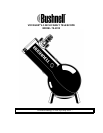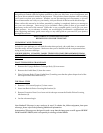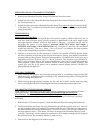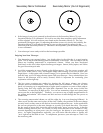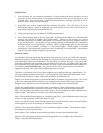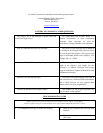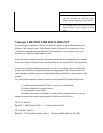
Thank you for purchasing the Bushnell Voyager Family Telescope! Your new telescope has been
designed and crafted with the highest standards so that you may have years of enjoyment and
use out of this wonderful window to the heavens. This product comes complete with everything
you'll need to explore your universe. Whether you are just starting out in astronomy or you are
an avid astronomer we wish you, your family, and your friends all the best with this telescope.
Please utilize this manual to its fullest potential by reading it completely before you attempt to
use your new telescope. Once set-up, we've included a basic guide on how to get started in
astronomy at the end of this manual. While this is not a complete guide, it will give you some
initial pointers. As you advance in ability, we would highly recommend a supplemental star
atlas, beginning astronomy guide, moon map, or any other guide as you travel on your journey
through the universe.
READ THROUGH THESE INSTRUCTIONS
BEFORE YOU USE YOUR TELESCOPE
UNPACKING YOUR TELESCOPE
Included in your package you will find the main telescope body, the cradle base, a convenient
shoulder strap, and two eyepieces. Make sure that you've identified all the components before
trying to use your new telescope.
YOUR BUSHNELL
®
VOYAGER
®
FAMILY TELESCOPE COMES PREASSEMBLED FROM
OUR FACTORY. THE ONLY STEPS THAT YOU MUST TAKE TO USE YOUR TELESCOPE
FOLLOW.
PLACE TELESCOPE IN CRADLE BASE
1. Remove the Voyager Reflector Telescope Body (2) from carton.
2. Remove the Cradle Base (3) from the carton.
3. Place Telescope Body (2) into Cradle Base (3) making sure that the sphere-shaped end of the
telescope fits into the Cradle Base (3).
THE FINAL STEPS
1. Remove 1.25" Format Eyepiece (1) from carton.
2. Insert into Rack & Pinion Focusing Mechanism (4).
3. Remove Protective Dust Cover from end of telescope nearest the Rack & Pinion Focusing
Mechanism (4).
4. Let the adventure begin.
Your Bushnell Telescope is now ready to be used. To obtain the fullest enjoyment from your
telescope, please refer to the following additional information.
Astronomical Telescopes are designed in such a way that the image you see will appear UPSIDE
DOWN and REVERSED, this is acceptable for viewing celestial bodies.



